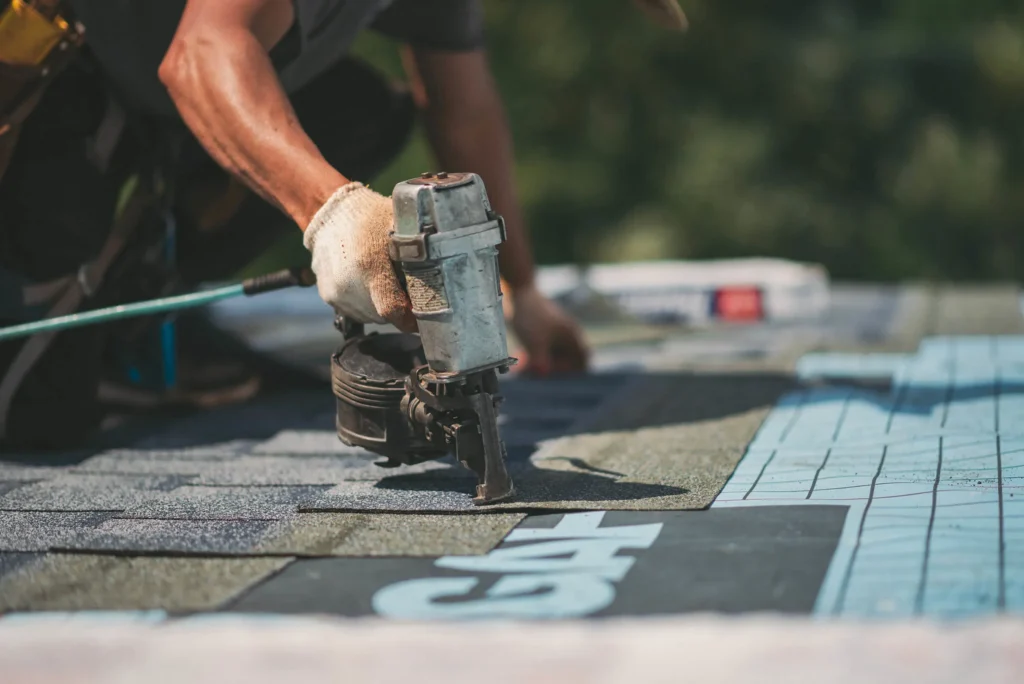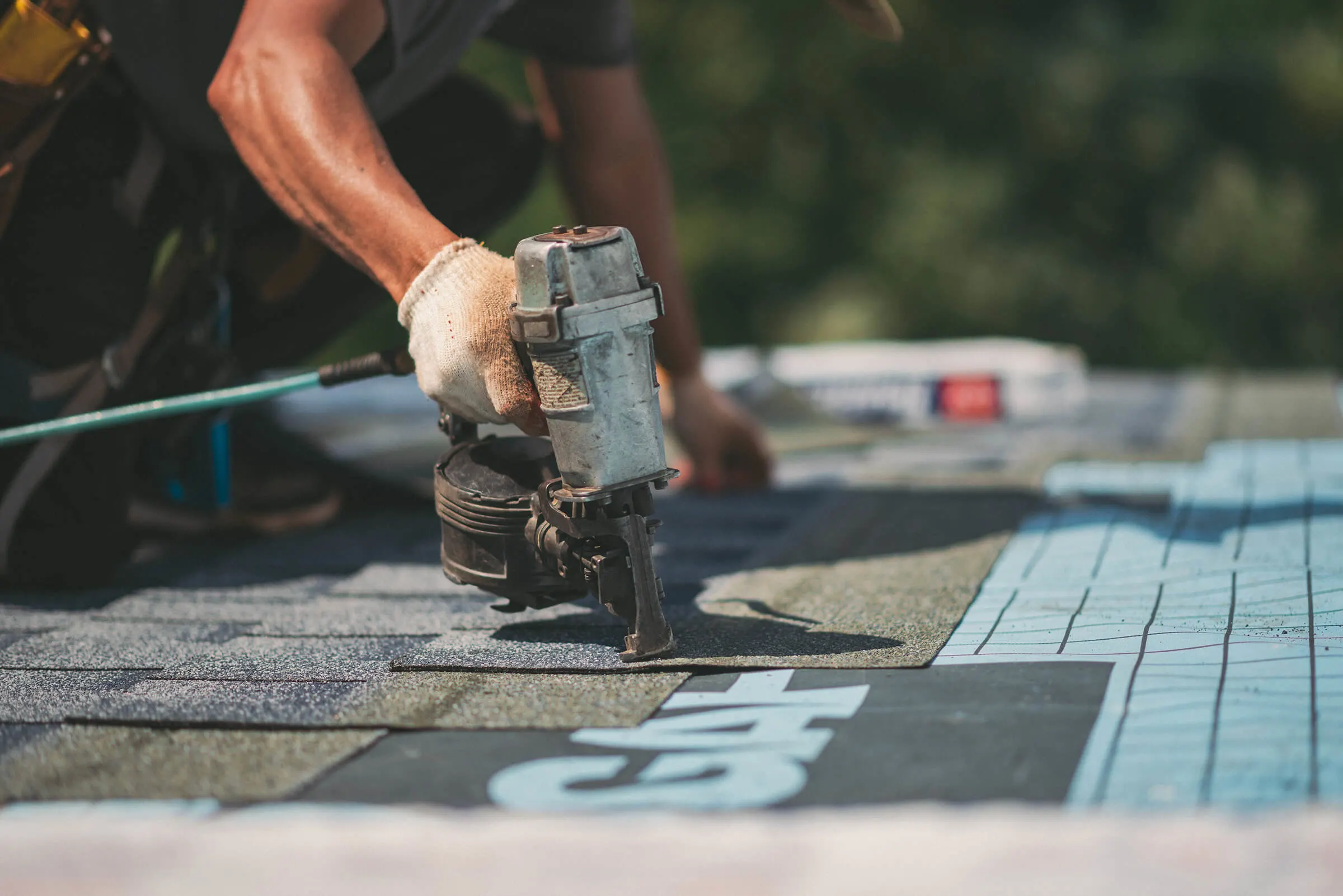
When replacing a roof, selecting the right material is one of the most important decisions a homeowner can make. The material you choose will affect the roof’s appearance, durability, energy efficiency, and resistance to weather conditions. With several options available, each with unique advantages, it’s essential to understand what makes each material suitable for various climates and styles. We will explore popular roofing materials recommended by roof replacement companies in Saco, ME, highlighting their benefits and helping you make an informed choice for your home.
Various popular roofing materials
1. Asphalt Shingles: Affordable and Versatile
Asphalt shingles are among the most commonly recommended materials for residential roofs, largely due to their affordability, versatility, and ease of installation. These shingles come in various colors and styles, allowing homeowners to select an option that matches their aesthetic preferences. They’re made from a mix of asphalt, fiberglass, and mineral granules, creating a durable product capable of withstanding various weather conditions. Although they may not last as long as some premium materials, asphalt shingles provide excellent value for their cost and generally offer a lifespan of 20 to 30 years. This material is particularly well-suited for climates with moderate weather, making it a popular choice for many homes.
2. Metal Roofing: Durable and Energy-Efficient
Metal roofing has recently gained popularity for its durability and energy efficiency. Made from steel, aluminum, or copper, metal roofs are highly resistant to weather damage, including strong winds, heavy rain, and snow. They also reflect sunlight, which can help reduce cooling costs in warmer climates by preventing heat absorption. Metal roofing is available in various finishes and styles, from sleek panels to designs that mimic traditional shingles or tiles, offering a modern or rustic look depending on the homeowner’s preference. While metal roofs generally come at a higher upfront cost, their long lifespan—often 40 to 70 years—makes them a worthy investment for those looking for a low-maintenance, environmentally-friendly option.
3. Clay and Concrete Tiles: Classic and Long-Lasting
Clay and concrete tiles are among the most durable roofing materials, known for their classic aesthetic and ability to withstand extreme weather conditions. Clay tiles, often associated with Mediterranean-style architecture, are highly resistant to fire, moisture, and rot, providing exceptional longevity. Though similar in appearance, concrete tiles are often slightly more affordable and can be made to resemble other materials, such as slate or wood. Both clay and concrete tiles are heavy, requiring a strong roof structure, which may necessitate reinforcement in some homes. While they come with a higher initial cost, clay and concrete tiles can last 50 years or more, making them ideal for those looking for durability and a unique aesthetic appeal.
4. Slate Roofing: Elegant and Highly Durable
Slate roofing is renowned for its elegance and unmatched durability, offering a sophisticated look that can elevate the appearance of any home. Made from natural stone, slate tiles are fire-resistant, waterproof, and capable of withstanding harsh weather conditions. This material can last over a century, making it one of the longest-lasting roofing options. However, slate is one of the heaviest roofing materials, requiring a reinforced roof structure to support its weight. Additionally, it’s among the more expensive materials on the market in terms of material cost and installation. Despite the cost, slate is an excellent choice for homeowners looking for an eco-friendly, high-quality roofing material that will stand the test of time.
5. Wood Shingles and Shakes: Natural and Sustainable
Wood shingles and shakes provide a natural, rustic appearance that appeals to those interested in sustainable building materials. Typically made from cedar, redwood, or pine, these shingles and shakes offer natural insulation and allow air to circulate within the attic, improving overall energy efficiency. Wood roofing requires regular maintenance to prevent issues related to moisture, mold, and insect infestation, which makes it better suited for dry climates. While wood roofing has a lifespan of around 20 to 40 years with proper care, the material’s unique appearance and eco-friendliness make it a desirable option for homeowners looking to add character and warmth to their home’s exterior.
6. Synthetic Roofing: Modern and Low-Maintenance
Synthetic roofing materials, such as synthetic slate or shake, are designed to mimic the appearance of natural materials while offering increased durability and lower maintenance. Made from a blend of rubber, plastic, or polymer composites, synthetic roofing is resistant to impact, fading, and moisture, making it suitable for various climates. These materials are generally lightweight, reducing the need for structural reinforcement, and are available in various styles and colors. Additionally, synthetic roofing materials, such as slate or wood, are often more affordable than their natural counterparts and require less maintenance. For homeowners seeking the aesthetic of high-end materials without the cost or upkeep, synthetic roofing can be a highly practical choice.
Choosing the right roofing material is crucial to your home’s appearance, durability, and energy efficiency. We will explore various options, from affordable asphalt shingles to durable metal, elegant slate, and innovative synthetic materials, each with unique benefits. By understanding the characteristics of these popular materials, homeowners can select a roof that aligns with their budget, style preferences, and long-term maintenance goals. With the right roofing material, you not only enhance your home’s curb appeal but also invest in its protection and longevity, ensuring it remains a safe and attractive shelter for years to come.

